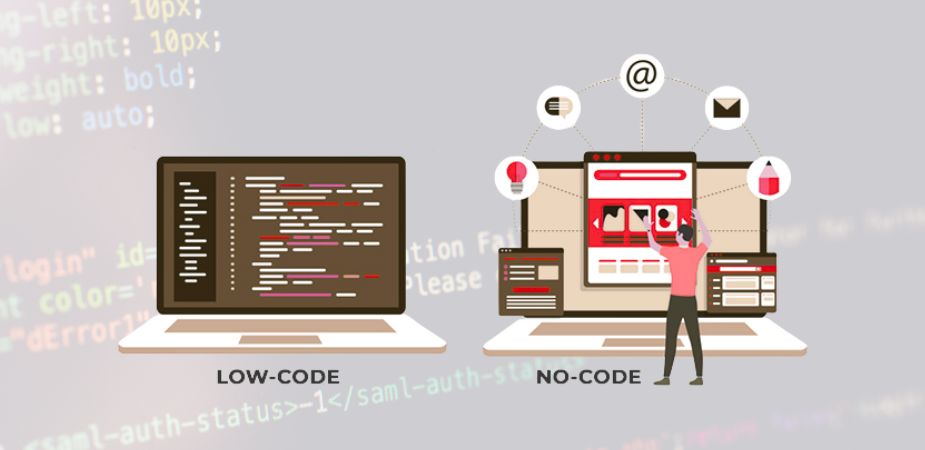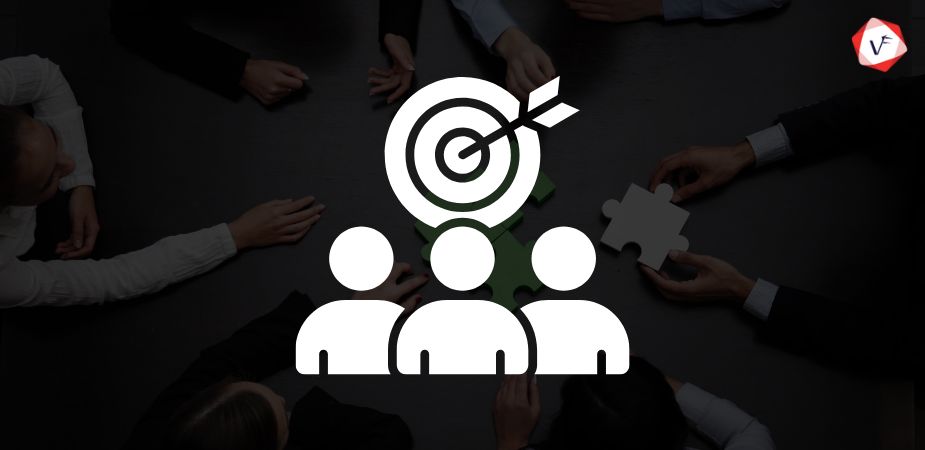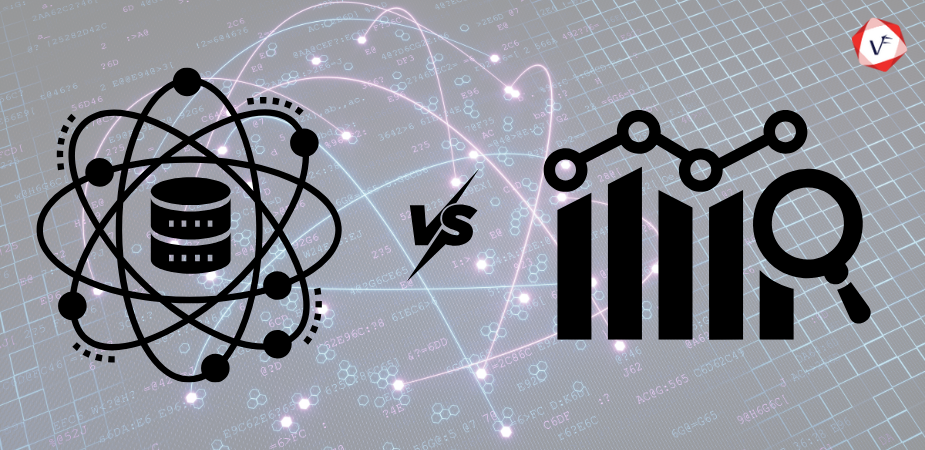In software development, various programming paradigms and tools help developers create applications. One such paradigm that has gained popularity for its simplicity and user-friendliness is visual programming. Visual programming allows developers to create software by manipulating graphical elements rather than writing code in text-based programming languages. This blog will explore what visual programming is, its key concepts, benefits, applications, and how it compares to traditional text-based programming.
Table of Contents
What Visual Programming?
Visual programming is a software development method where programs are created using graphical elements like blocks, nodes, and flowcharts. Instead of typing lines of code, developers can visually connect and arrange these elements to define the logic and behavior of their applications. This approach makes programming more intuitive, especially for beginners or those who find traditional coding challenging.
Key Concepts of Visual Programming
- Graphical Interface: Visual programming environments provide a graphical interface where developers can drag and drop elements to create programs. These elements represent various functions, variables, and control structures.
- Blocks and Nodes: The building blocks of visual programming are often represented as blocks or nodes, each performing a specific function or action.
- Connections and Flow: The logical flow of the program is defined by connecting these blocks or nodes with lines or arrows, showing the sequence of operations and data flow.
- Abstraction: Visual programming often abstracts complex code into simpler, visual representations, making it easier to understand and manipulate.
Benefits of Visual Programming
Visual programming offers several advantages, making it a popular choice for many developers and educators:
- Ease of Learning
Visual programming simplifies the learning process, especially for beginners. The graphical interface and intuitive design make it easier to grasp programming concepts without getting overwhelmed by syntax and code structure.
- Enhanced Creativity
By allowing developers to visually experiment with different configurations and connections, visual programming fosters creativity and innovation. Developers can quickly prototype and test ideas without worrying about code errors.
- Faster Development
The drag-and-drop interface of visual programming can speed up the development process. Developers can create complex logic and workflows more quickly compared to writing extensive lines of code.
- Improved Debugging
Visual programming environments often include visual debugging tools that help identify and fix issues more easily. The graphical representation of the program flow makes it simpler to locate and resolve errors.
- Accessibility
Visual programming makes software development more accessible to a wider audience, including those with limited coding experience or non-programmers. This inclusivity can lead to more diverse perspectives and ideas in software development.
Uses for Visual Programming
Visual programming is used in various fields and applications, each leveraging its strengths for different purposes:
- Education
Visual programming is widely used in educational settings to teach programming concepts to students of all ages. Tools like Scratch, Blockly, and Alice help introduce programming in a fun and engaging way, making it easier for students to learn and understand.
- Game Development
Game development platforms like Unity and Unreal Engine use visual scripting tools that allow developers to create game logic without writing code. These tools help game designers and developers quickly prototype and implement game mechanics.
- Automation and Robotics
Visual programming is used in automation and robotics to create control logic for machines and robots. Platforms like LEGO Mindstorms and VEX Robotics provide visual programming interfaces that simplify the process of designing and programming robotic behaviors.
- Data Analysis
In data analysis and visualization, tools like Microsoft Power BI and Tableau use visual programming to create complex data workflows and visualizations. Users can drag and drop data elements to create charts, graphs, and dashboards without writing code.
- Web Development
Some web development platforms offer visual programming tools that allow users to design and develop websites without coding. Tools like Webflow and WordPress with Elementor enable users to create responsive and interactive websites through a visual interface.
Comparing Visual Programming to Traditional Text-Based Programming
While visual programming offers many benefits, it is important to understand how it compares to traditional text-based programming:
Simplicity vs Complexity
Visual programming simplifies the development process, making it easier for beginners and non-programmers to create software. However, for more complex and large-scale projects, text-based programming languages like Python, Java, and C++ offer greater flexibility and control.
Speed of Development
Visual programming can speed up development for simple and medium-complexity projects. However, for highly specialized or performance-critical applications, text-based programming may be more efficient and effective.
Debugging and Maintenance
Visual programming environments often provide visual debugging tools that simplify the process of identifying and fixing issues. However, as projects grow in complexity, maintaining and debugging visual programs can become challenging. Text-based code, while potentially harder to debug initially, can be more manageable for complex systems due to the availability of advanced debugging tools and practices.
Collaboration and Scalability
Text-based programming is generally more suitable for large teams and scalable projects. The use of version control systems like Git and the ability to document and comment code make it easier for teams to collaborate and manage large codebases. Visual programming, while great for individual or small team projects, can become unwieldy as the project size increases.
Popular Visual Programming Tools
Several visual programming tools are widely used across different fields. Here are a few notable ones:
Scratch
MIT Media Lab created the visual programming language Scratch. It is designed for children and beginners to learn programming concepts through interactive stories, games, and animations. Scratch uses colorful blocks that snap together to create programs, making it easy to understand and use.
Blockly
Blockly, developed by Google, is a web-based visual programming tool that allows users to create programs by connecting blocks. Blockly is used in various educational tools and platforms to teach programming. It can also generate code in text-based languages like JavaScript, Python, and Dart.
Unreal Engine Blueprint
Unreal Engine, a popular game development platform, includes a visual scripting system called Blueprint. Blueprint allows game developers to create game logic and mechanics using visual nodes and connections. It simplifies the process of game development and enables designers to prototype and implement features without writing code.
Node-RED
Node-RED is a flow-based development tool for visual programming, particularly suited for Internet of Things (IoT) applications. It allows users to create workflows by connecting nodes that represent various functions and data sources. Node-RED is widely used for building IoT applications, automation, and data integration.
App Inventor
App Inventor, developed by MIT, is a visual programming environment for creating Android apps. It uses a block-based interface to design and develop mobile applications, making it accessible to beginners and those with little to no programming experience.
Best Practices for Visual Programming
To make the most of visual programming, consider the following best practices:
- Start with Simple Projects
Begin with small, manageable projects to get familiar with the visual programming environment and tools. As you gain experience, gradually take on more complex projects.
- Keep It Organized
Maintain a clean and organized workspace. Group related blocks or nodes together, use meaningful labels, and document your work to make it easier to understand and maintain.
- Test Frequently
Regularly test your program to identify and fix issues early. Visual programming environments often provide debugging tools that can help you trace and resolve problems.
- Collaborate and Share
Share your projects with others and collaborate on visual programming platforms. Engaging with the community can provide valuable feedback and help you learn new techniques and approaches.
- Stay Updated
Keep up with the latest updates and features of your visual programming tools. Continuous learning and exploration will help you make the most of the capabilities offered by these tools.
Final Thoughts
Visual programming is a powerful and intuitive approach to software development that simplifies the process of creating applications. By using graphical elements and visual representations it makes programming more accessible to beginners, fosters creativity, and speeds up development. Whether you are an educator teaching programming concepts, a game developer prototyping new ideas, or a data analyst visualizing complex data, visual programming offers a versatile and user-friendly solution.
While it may not replace traditional text-based programming for all applications, visual programming complements it by providing an easier and more approachable way to develop software. By understanding its key concepts, benefits, and applications, you can leverage visual programming to enhance your development process and create innovative solutions.





